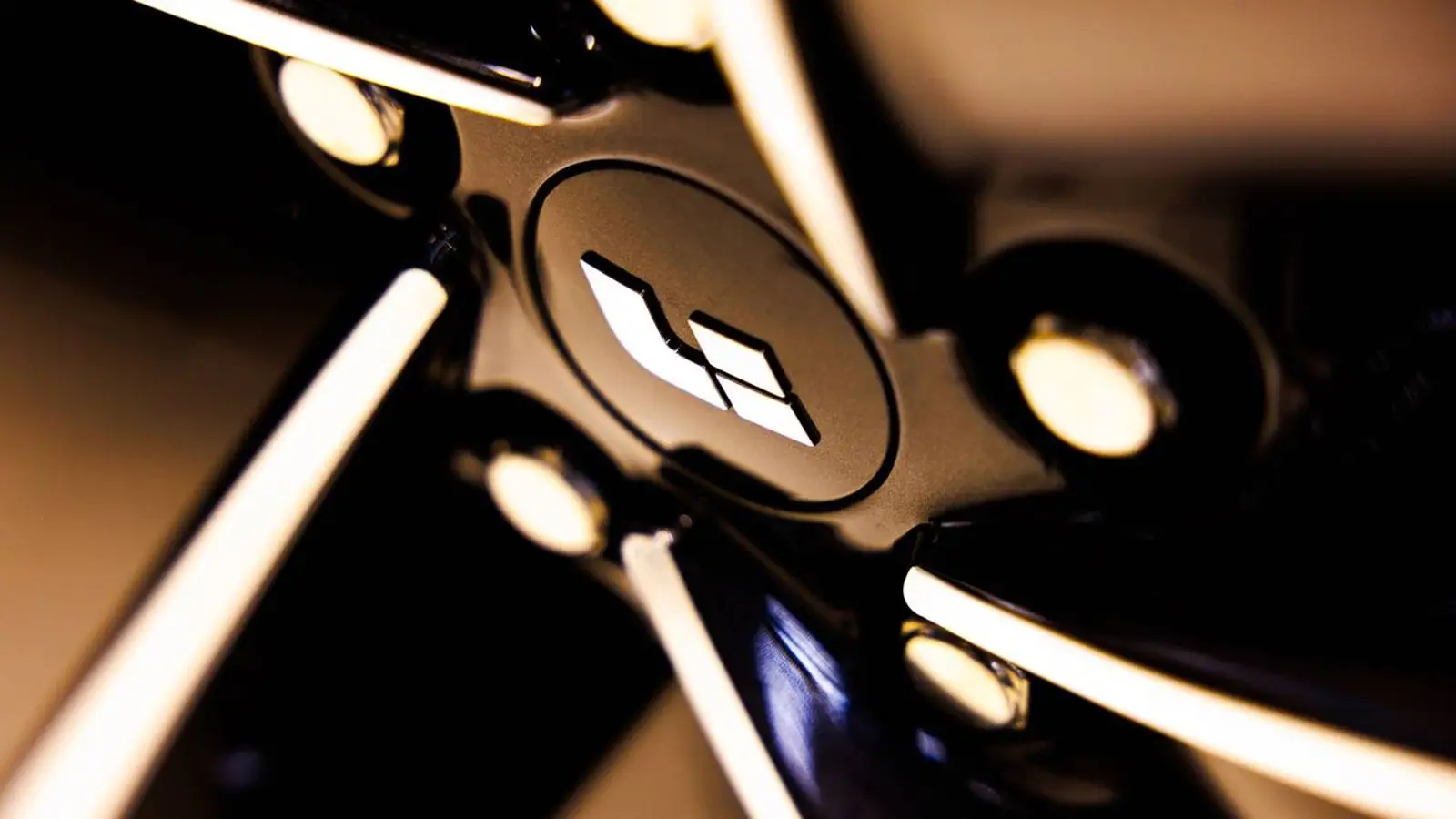Li Auto’s AI-first push: autonomous driving, OTA 8.0 and VLA
Li Auto’s CEO forecasts fully autonomous cars in 3–5 years and details the OTA 8.0 update with the VLA Driver Model, pushing AI driving tech beyond paywalls.
Li Auto’s CEO forecasts fully autonomous cars in 3–5 years and details the OTA 8.0 update with the VLA Driver Model, pushing AI driving tech beyond paywalls.

© A. Krivonosov
Li Auto CEO Li Xiang sketched out where he sees autonomous driving headed. In his view, fully self-driving intelligent cars will arrive within the next 3 to 5 years—optimistically in three, and in a more conservative scenario within five. He added that these vehicles would become the largest artificial-intelligence terminals in the physical world, and that by 2030 an automaker could emerge whose scale surpasses the iPhone’s success.
He also argued that advanced driver-assistance systems should not be paywalled. Today, many companies charge extra for such features, which leaves them out of reach for many drivers. He said more people—both in China and around the world—should be able to experience the appeal of Chinese in-car AI technologies. The message nudges the market toward wider adoption rather than premium gating.
Back in September, Li Auto began rolling out its OTA 8.0 update, bringing improvements to driving assistants, the intelligent cockpit, and the electric platform. A centerpiece of the release is the third-generation VLA Driver Model. The first version relied on rules, the second adopted an end-to-end approach, and VLA is a large AI model that understands road situations, interprets human commands, and remembers a driver’s habits, essentially acting as a virtual personal chauffeur.
Taken together, Li Auto is placing its bet on artificial intelligence as the defining vector for the industry over the next decade, expecting the next major breakthrough to come from autonomous driving with the potential to reshape the global market. The wager is ambitious yet consistent with the pace of a field racing to make software the key differentiator.